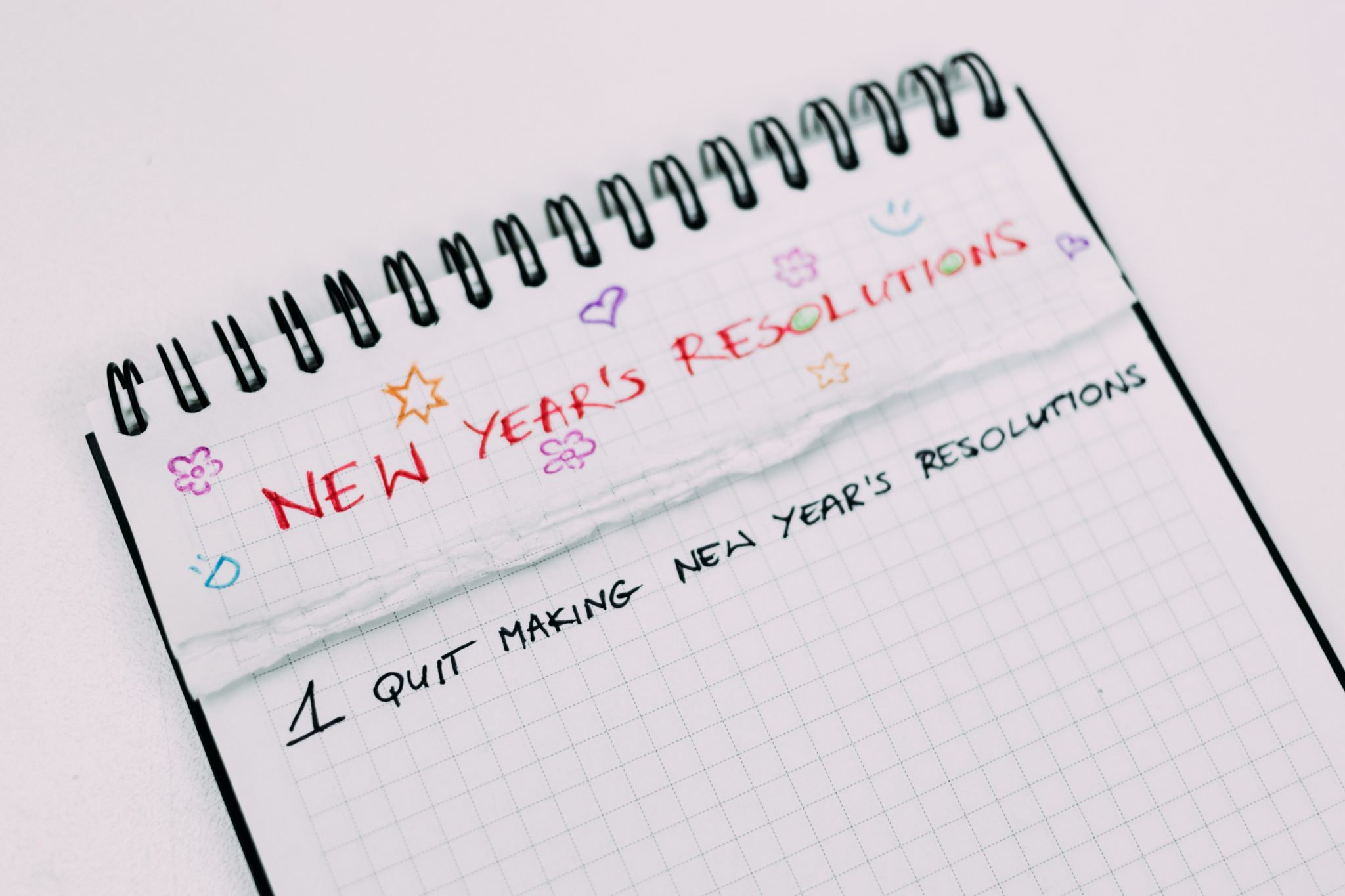
You might not give happiness the attention it deserves in your quest to achieve increased productivity. However, productivity is often associated with burnout and unhappiness. This is because productivity can be connected to a rushed, task-oriented lifestyle void of fun and relaxation. And those emotions can prevent you from being as productive as you’d like to be.
With that in mind, it’s not really surprising that happiness and productivity are linked. Various studies have shown that happy people are more productive — by as much as 12 percent, according to a University of Warwick study. However, this isn’t a one-sided relationship as productivity can also affect happiness.
Why Being Productive Feels Good
You’re happier when you check off your to-do list.
There is no doubt about it. You get a great sense of accomplishment when you cross out tasks or mark them as complete on a to-do list.
The reason? Dopamine, a neurotransmitter that makes us feel light and happy, is released when we check off tasks. Also, this neurotransmitter is responsible for feelings of accomplishment and satisfaction. As a result, you feel pretty awesome. Moreover, you’ll be motivated to continue completing tasks and continue to enjoy that pleasant experience.
Progressing towards goals can make you happy.
“If you want to live a happy life, tie it to a goal, not to people or things.” — Albert Einstein
Not surprisingly, Einstein was spot-on.
It has been shown that achieving personal goals based on your interests increases your emotional wellbeing. So you’ll be happier when you achieve your goals.
Why? Our emotions will remain optimistic if we set short-term, realistic, easy-to-attain goals. Regardless of the goal, as long as we’re tracking our goals and making headway, this increases positive feelings.
More specifically, pursuing achievable goals will positively impact your well-being. In addition, it is usually more satisfying, rewarding, and enjoyable when you achieve a goal you have been working on.
Also, just like crossing items off your to-do list, there’s a dopamine release when we reach goals. Furthermore, this motivates you to move forward and achieve other goals. And a combination of long- and short-term goals helps ensure that you look forward to and enjoy what you are doing.
A sense of purpose makes you happy and healthy.
In 2013, in collaboration with scientists from the University of North Carolina, UCLA researchers discovered that happiness is derived from purpose as opposed to pleasure-seeking. But why’s this the case?
For starters, don’t conflate being busy with fulfilling your purpose. Yes, you’ve worked your tail off and earned a raise. However, “these types of achievements often don’t bring the kind of fulfillment that comes with finding your personal sense of purpose,” explains Maggie Wooll over at BetterUp.
“A personal sense of purpose is less of a specific end goal and more of an ongoing impact on the world, large or small,” Wooll explains. “Purpose is your why.”
You are guided and sustained by this sense of purpose. “Day-to-day and through the years.” Having a purpose gives you stability and a sense of direction, even in times of setbacks and turmoil. “That’s why finding purpose is essential for living a happy, healthy life,” she says.
It may seem lofty to ask your purpose, but it’s a question you shouldn’t ignore. But, attempting to answer it is essential. Having a sense of purpose in your life can open up greater joy and fulfillment in every aspect of your life.
Boredom can be hazardous to your health.
“It is such a universal, human experience,” said Jacqueline Gottlieb, a neuroscientist at Columbia’s Mortimer B. Zuckerman Mind Brain Behavior Institute who recently convened a group of leading scholars in the field for a discussion. “Yet, there is a lack of knowledge about boredom. Until recently, scientists paid it little attention.”
At some point, we’ve all experienced boredom. And, in small doses, that’s not exactly a bad thing. Research suggests that boredom, particularly if it is temporary, can spur creative and productive thinking by letting the mind wander.
As of now, most research suggests boredom does more harm than good to our lives. For instance, chronic boredom is linked to impulsive behavior, reckless behavior, compulsive gambling, substance abuse, reckless thrill-seeking, and self-destructive behavior.
Additionally, people who are easily bored are prone to depression, anxiety, anger, academic failure, poor work performance, and loneliness.
The more productive your day is, the more driven you’ll be to get things done.
Best of all? You don’t have to accomplish anything extraordinary. You just have to do something. Case in point, rather than picking up your phone because you’re bored, read a book, go for a walk, practice gratitude, or strengthen a skill.
Exercise improves your mood and happiness.
Yes. Getting your body moving releases endorphins. But, that’s just scratching the surface. Exercise can lower stress, relieve depression and anxiety, and boost your immune. Also, physical activity can make you more confident and fortify your bonds with others if you have a workout buddy.
In addition to keeping your body active, exercise can also keep your mind occupied. For example, when you are busy finishing a project, you have less time to dwell on negative emotions. As a result of staying active, you can focus and concentrate on the positive.
Cleaning and decluttering can make you happy.
Clutter has been proven to interfere with productivity. Princeton University researchers found in 2011, for example, that visual clutter, such as a messy home, interferes with your ability to concentrate. On the other hand, even healthy eating and generosity are associated with an orderly house.
Mr. Clean also studied physiological responses to cleaning, such as heart rate. Scientists concluded that cleaning creates an almost adrenaline rush-like feeling of excitement. A majority of 62 participants reported feeling at ease after a deep clean, while 81 percent reported feeling accomplished and in control.
Another study conducted by Clorox found that cleaning for an extra hour per week could boost happiness levels by 53 percent. According to the study, maintaining a clean environment also leads to a variety of benefits, including better sleep, increased productivity, and even improved focus.
Ways to Boost Productivity and Happiness
As you can see, there are simple ways to boost both your productivity and happiness. This includes scheduling time in your calendar for physical activity, decluttering your life, and tracking your goals on your calendar.
But, if you really want to take this to the next level, you should also add these happiness hacks to your calendar;
- Kick-off each morning on your own terms, like setting an intention instead of diving into emails.
- Every morning or evening, write in a journal to acknowledge both the good and bad.
- Since you have the most energy in the morning, do your hardest task first.
- Plan get-togethers set reminders for checking in or establish traditions with friends and family.
- Move your body for at least 11-minutes a day.
- Spend more time outside in nature.
- Take microbreaks throughout the day.
- Listen to your favorite song.
- Learn something new and help others
- Limit your screen time, like leaving your phone behind when taking a walk.
In the words of Buddha, “There is no path to happiness; happiness is the path.”
Image credit: Julia Avamotive; Pexels; Thank you!
Increased Productivity Will Increase Your Happiness was originally published on Calendar by John Hall.









